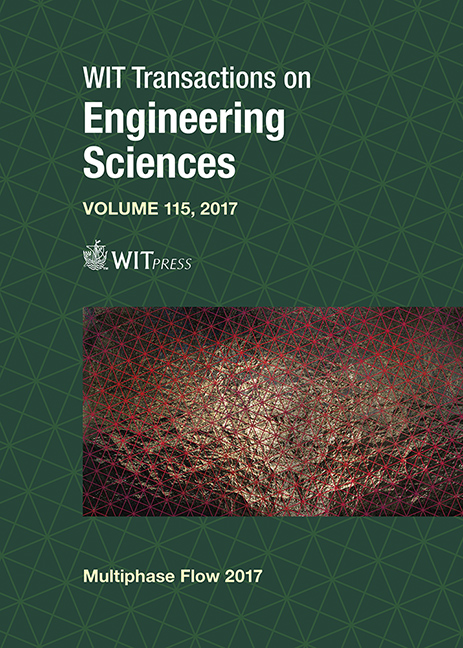IMPURITIES REMOVAL PROCESS FROM THE VACUUM INDUCTION FURNACE CHARGE: A NUMERICAL STUDY
Price
Free (open access)
Transaction
Volume
115
Pages
6
Page Range
13 - 18
Published
2017
Size
303 kb
Paper DOI
10.2495/MPF170021
Copyright
WIT Press
Author(s)
PIOTR BULIŃSKI, JACEK SMOLKA, SLAWOMIR GOLAK, ROMAN PRZYLUCKI, MICHAL PALACZ, GRZEGORZ SIWIEC, JAKUB LIPART, LESZEK BLACHA
Abstract
The technology of mental melting in a vacuum induction furnace enables the efficient removal of impurities and provides an opportunity to melt refractory metals, such as titanium. These materials can be applied in cutting edge technologies, such as aviation (turbine blades) and biotechnology (prosthesis and implants). To control metallurgical heat and mass processes within an induction furnace, measurements and a numerical analysis can be conducted. In this paper, numerical approaches are discussed. Simulation requires the development of vacuum induction furnace coupling between fluid dynamics and electromagnetic fields. The proposed numerical domain was modelled as a three-dimensional slice with a properly defined periodic boundary condition. To define the analysed electromagnetic problem, a set of Maxwell differential equations was specified. A fluid dynamics sub-model was composed of the mass and momentum conservation equations using the volume of fluid multiphase formulation, two-equation k-ɛ turbulence model and species transport to track the inclusion position within the melt. The main purpose of this study was an examination of the impurities removal process via the free surface of the melt within an induction furnace. The coupled computations were performed for five operating conditions, including different power inputs of the inductor. The results indicated a strong influence of the inductor power on the free surface area and therefore on the purification process intensity.
Keywords
purification process, inclusion removal, vacuum induction furnace, multiphase flow, coupling procedure, computational fluid dynamics





